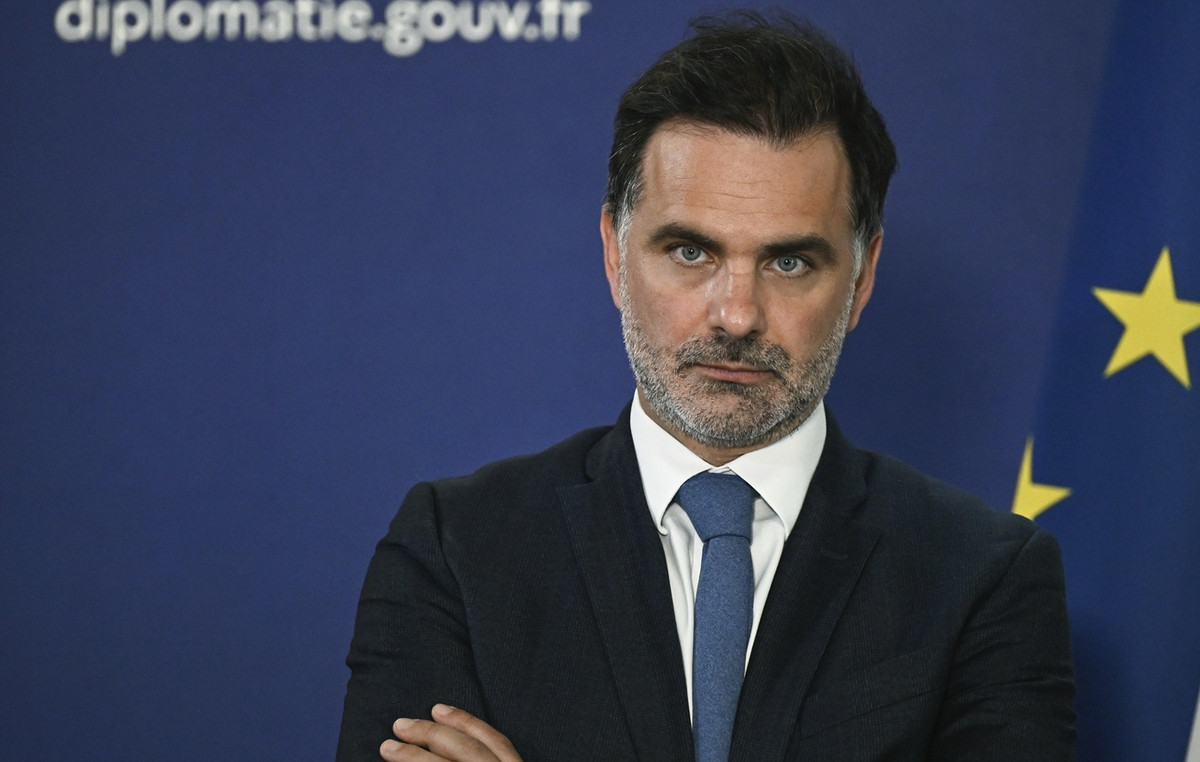Galloping around the world, inflation directly impacts one of the most determining factors in the performance of the stock market: the interest rate.
As monetary tightening cycles approach what is expected to be halfway through, central banks around the world are rehearsing a calibration move on the level of aggressiveness of adjustments going forward to tame inflation.
The Reserve Bank of Australia (RBA), for example, moderated the hike in interest rates last Tuesday (4): instead of opting for a 50 basis point increase, as it expected good market analysts, slowed the rise to 25 basis points, at 2.60%.
The justification for the Australian central bank’s decision lies in the strategy of assessing the impact that the last four increases had on the economy and, above all, on inflation, which reached a level of 6.8% in August.
Brazil, on the other hand, is no longer experiencing this scenario. Although the Selic rate is the highest in the world in terms of real interest, at 13.75% a year, it has already reached its peak – and now the question is when it will start to fall.

Due to the certain predictability that a stationary interest rate imposes, the Brazilian Stock Exchange has reacted well to the point of detaching itself from the international scenario — in addition to the results of the elections in the first round having influenced the performance of the stock market this week. The big problem is out there, especially in the United States.
“As you have an expectation that inflation is reaching a peak and starts to subside, interest rates also start to cool down from where they left off”, says the expert. CNN in economics Aod Cunha, in an interview with CNN Money .
“There is some consensus that the Federal Reserve (Fed, US central bank) should park the rate at 4.5% and start easing from the middle to the end of next year. Same thing for Europe. The key variable is the trajectory of inflation, and we will only know when interest rates will start to fall when global inflation, especially in Europe and the US, stops rising.”
Source: CNN Brasil
Joe Jameson, a technology journalist with over 2 years of experience, writes for top online news websites. Specializing in the field of technology, Joe provides insights into the latest advancements in the industry. Currently, he contributes to covering the world stock market.







